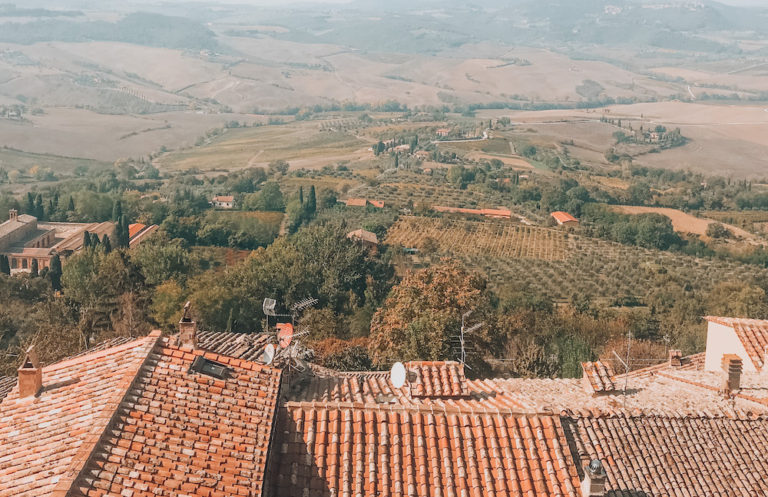I’ve always believed that wine should be fun, not fancy. Sure, tasting notes and terroir have their place, but let’s not forget one of wine’s most underrated talents: making your food taste amazing. Cooking with wine is such an easy way to level up your dishes and add a little complexity—even if you’re just making pasta on a Tuesday night. But before you start splashing red into any and every dish, let’s talk about a few things that’ll help you get the best results.
Rule #1: Only Cook With Wines You’d Actually Drink
This one’s a non-negotiable. If you hate the wine, your food’s probably going to hate it too.
Think of it like any other ingredient. If a recipe calls for mushrooms and you can’t stand mushrooms, you’re not going to toss them in just because they’re listed. Same goes for wine. Cooking concentrates flavors, so that weird bitter note or funky aftertaste you didn’t love in the glass? It’s going to show up in your dish loud and proud.
Now, this doesn’t mean you need to pop open your most expensive bottle of Pinot. I’m all about budget-friendly picks. Trader Joe’s, Costco, or your local wine shop probably have some great wines under $10 that are totally sip-worthy and perfect for cooking. If it tastes good in the glass, it’ll taste good in the pan.

Skip the “Cooking Wine”
You know those bottles in the grocery store labeled “cooking wine”? They’re bottling lies and selling them to you.
These are usually super low-quality wines with added salt or sugar to keep them shelf-stable, but those additives can seriously mess with the flavors of your dish. Instead of enhancing your recipe, they’ll make it taste overly salty or strangely sweet—and not in a fun way. Your best bet is to grab a decent bottle of actual wine that you’d be happy to drink on its own. No need to get fancy. Just say no to “cooking wine” and save your dish from a tragedy.
Let’s Bust a Myth: Yes, Some Alcohol Sticks Around
A lot of people think all the alcohol magically disappears when you cook with wine. I hate to break it to you, but that’s not totally true.
Yes, heat reduces alcohol content, but how much depends on how long and how hot you cook it. If you’re simmering a sauce for an hour, most of the alcohol will burn off. But if you just splash some wine into a hot pan to deglaze and then serve it up two minutes later, a decent amount of alcohol is still hanging out. Usually, it’s not enough to taste or feel anything, but if you’re cooking for someone who avoids alcohol completely, it’s good to be mindful.
Cheers to Flavor
Cooking with wine doesn’t have to be complicated or intimidating. It’s just another way to bring your favorite flavors into the kitchen. Whether you’re making a quick pan sauce, braising short ribs, or just experimenting for fun, a splash of wine can do a lot of heavy lifting.
So next time you’re cooking, add a little to the pan and see what happens. You might just discover your new favorite ingredient.








